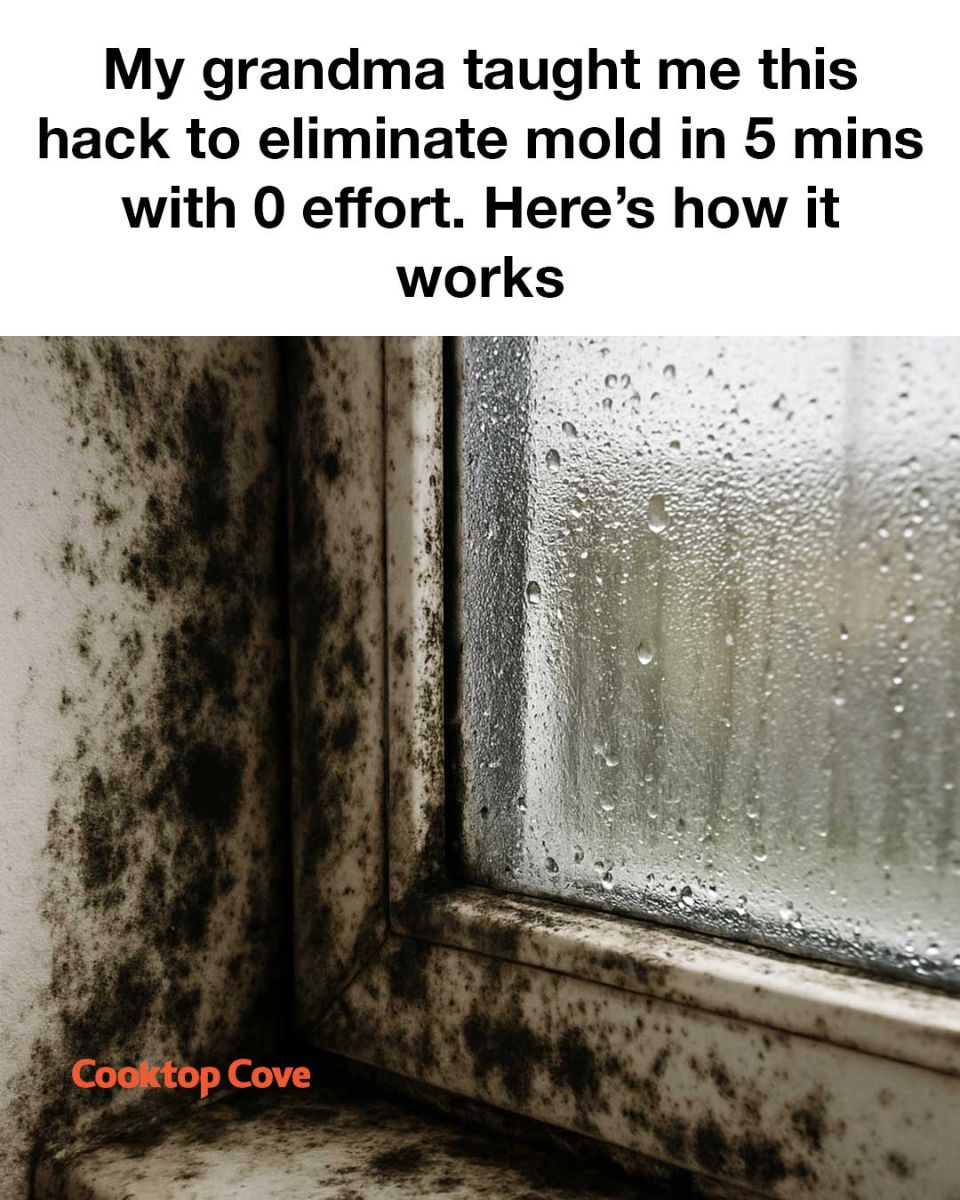I was completely unaware of that. Thanks!
Morgan Reed
Contributing Writer
Print this recipe
Mold is a common household problem that many people face, yet it often goes unnoticed until it becomes a significant issue. This sneaky intruder can cause a range of health problems, from allergies to respiratory issues, and can also damage the structural integrity of your home. While there are many ways to tackle mold, one of the most effective and accessible solutions is using hydrogen peroxide.
In this article, we will explore how hydrogen peroxide can be used to effectively remove mold from your home. We’ll cover everything from understanding the mold problem to the proper techniques for applying hydrogen peroxide, ensuring you have all the information you need to tackle mold safely and effectively. By the end of this guide, you’ll be well-equipped to handle mold issues in your home and prevent them from returning.
1. Understanding the Mold Problem
Mold is a type of fungus that thrives in damp, humid environments. It can grow on a variety of surfaces, including walls, ceilings, and floors, and can spread rapidly if not addressed. Mold spores are microscopic and can easily become airborne, making them difficult to detect until they form visible colonies.
The presence of mold in your home can lead to a variety of health issues, particularly for those with allergies, asthma, or weakened immune systems. Symptoms of mold exposure can include sneezing, coughing, skin irritation, and even more severe respiratory problems. Understanding the conditions that promote mold growth is the first step in effectively combating it.
2. Why Hydrogen Peroxide?
Hydrogen peroxide is a powerful oxidizer that can effectively kill mold spores and remove mold stains. Unlike bleach, which only removes surface mold, hydrogen peroxide penetrates porous materials and kills mold at the root. This makes it an ideal solution for treating mold on surfaces like wood, drywall, and tile.
Hydrogen peroxide is also a safer alternative to harsh chemical cleaners, as it breaks down into water and oxygen, leaving no toxic residues. A typical concentration for mold removal is 3% hydrogen peroxide, which is readily available in most drugstores and supermarkets.
3. Gathering Your Supplies
Before you begin the mold removal process, it’s important to gather all the necessary supplies. You’ll need a bottle of 3% hydrogen peroxide, a spray bottle, protective gloves, a mask, goggles, a scrub brush, and clean cloths or sponges.
It’s also a good idea to have a plastic sheet or tarp to protect nearby surfaces from any splashes or spills. Make sure the area is well-ventilated to prevent inhaling any mold spores or hydrogen peroxide fumes.
4. Preparing the Area
Start by removing any items from the affected area to prevent contamination. This includes furniture, rugs, and personal belongings. Seal them in plastic bags if necessary to avoid spreading mold spores to other parts of your home.
Next, cover any nearby surfaces with plastic sheeting to protect them from hydrogen peroxide. Ensure the room is well-ventilated by opening windows and doors, and consider using a fan to help circulate air.
5. Mixing the Solution
Pour the 3% hydrogen peroxide into a clean spray bottle. There’s no need to dilute it further, as this concentration is effective for mold removal. Make sure to label the spray bottle clearly to avoid any confusion with other cleaning solutions.
Shake the bottle gently to ensure the hydrogen peroxide is evenly distributed. It’s now ready to be applied to the mold-affected areas.
6. Applying Hydrogen Peroxide to Mold
Spray the hydrogen peroxide directly onto the moldy surface, ensuring it is thoroughly saturated. Allow the solution to sit for at least 10 minutes to penetrate the mold and kill the spores.
For larger areas, work in sections to ensure the entire surface is treated. Be careful not to oversaturate, as this can lead to water damage or encourage further mold growth.
7. Scrubbing Away the Mold
After allowing the hydrogen peroxide to sit, use a scrub brush to remove the mold from the surface. Apply firm pressure to ensure all mold is removed, taking care not to damage the underlying material.
Wipe the area with a clean cloth or sponge to remove any remaining mold residue. You may need to repeat the process for stubborn mold stains.
